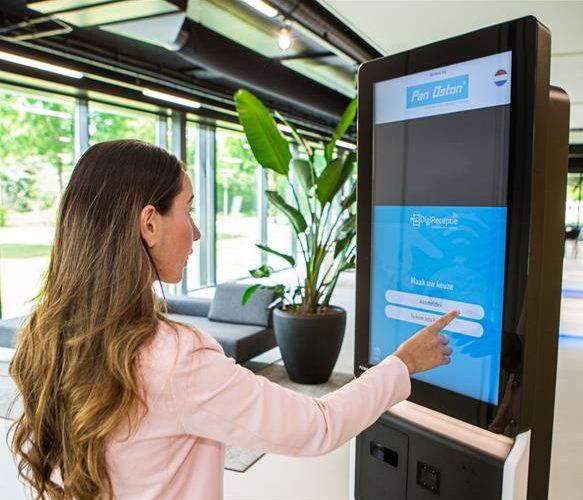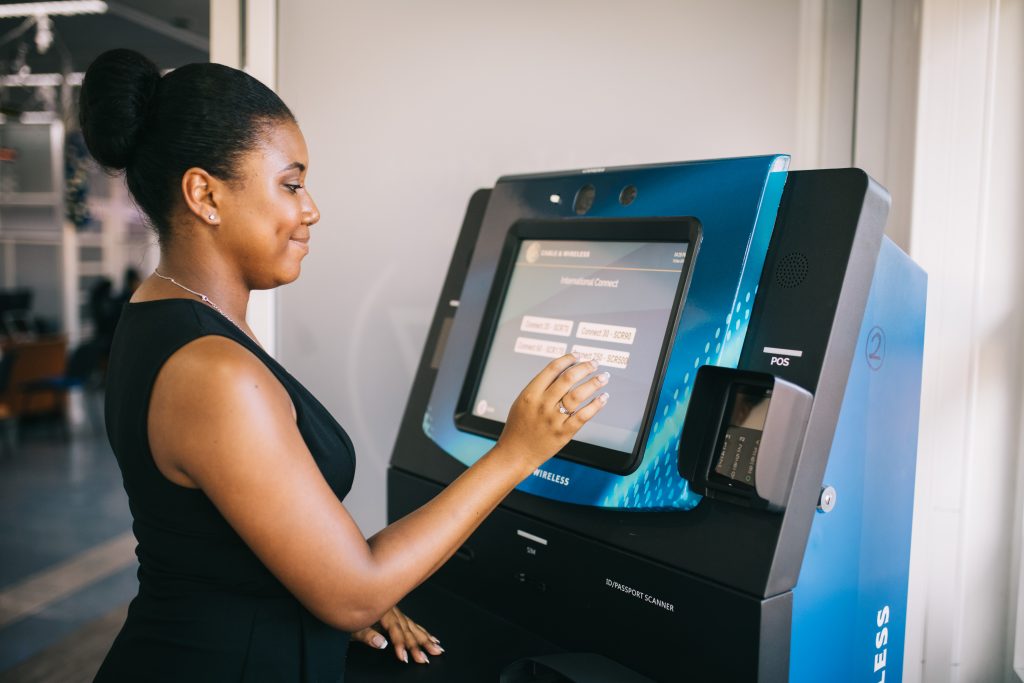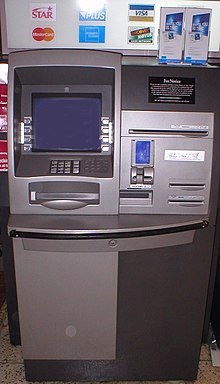Kiosks for new people: definition, components, applications
January 20, 2023

Opening up a business is not a simple task, not to mention managing and dealing with additional issues about human and financial issues along the way. Especially when you are committing yourself to the service sectors managing human resources, finance, inventory stocking, and the customers could cause a rather unpleasant time during the few first years. For most service suppliers, specifically, those working in tourism and hospitality, the main questions are: How to get more customers? And How to improve the service quality. Thus having proper and market-suitable upgrades are essential, such as applying a self-service kiosk to optimise the customer’s experience and ease your employees’ burden. For this, most Malaysian service providers like hotels could reach out to any hotel check in kiosk manufacturer Malaysia suppliers for more information.
What is a kiosk?

Kiosks are small interactive terminal booths that are used by most people in the world with thousands of new units being manufactured every year. Most kiosks are applied in a variety of fields like retail, hospitality, healthcare, and food and beverage. Ranging from simple to complex designs, kiosks serve a wide range of customers with diverse needs that are specified by the geographical location and infrastructure where people install them. Companies, communities, and organisations setting up kiosks to assist their overall goals. Despite the diversity in designs, components, and functionality, this is also a pain for organisations, besides its flexible goodness of it. As it is hard to select and combine the components and wanted functions that apply to a specific field in front of such various options on the market. There has been no standardisation of kiosk configurations for all applications, but, at least people could reach out for consultations.
What are they made of?
Despite the differences in designs and functions, there are still some characteristics that most kiosks on the market share among sectors. It is the material that contributes to a finished product of a kiosk. It consists of acrylic, polycarbonate, ABS, ACM, and expanded PVC, offering almost unlimited design options in varying sizes, structures, and colours, and all are easy to fabricate and very durable.
How does it work?
Most interactive kiosks will work in similarities with any computer system that is deployed in public spaces, venues, and buildings. The main purposes of these kiosks are to provide people with the ability to self-serve upon products and services. Similar to a personal laptop, some kiosks will also give people access to internet connections, software applications and viewing of multimedia files.
Components of a kiosk

These are components that most kiosks possess no matter what they are designed to do:
- Kiosk thermal printer
- Card reader
- Multi-document scanner
- Touchscreen
- Pin pad
- Passbook printer
- Kiosk PC
These items are there to serve the most basic needs and the function of a kiosk is to enable people access to information and through that enhance their self-serving ability. Regardless of their design, people could find most of the above-mentioned items within any kiosk.

